We include products we think are useful for our readers. If you buy through links on this page, we may earn a small commission. Here’s our process.
Healthline only shows you brands and products that we stand behind.
Our team thoroughly researches and evaluates the recommendations we make on our site. To establish that the product manufacturers addressed safety and efficacy standards, we:
We do the research so you can find trusted products for your health and wellness.
Read more about our vetting process.CE DSJ 8/6/20: Hi, Ashley. I noticed that several questions didn’t have a response, so I’m not sure if they’ve been addressed. Please review. Thanks.
Good sleep is incredibly important.
It helps you feel good and makes your body and brain function properly.
Some people have no problem falling asleep. However, many others have severe difficulty falling and staying asleep through the night.
Poor sleep can have negative effects on many parts of your body and brain, including learning, memory, mood, emotions, and various biological functions (1).
Here are 20 simple ways to fall asleep as fast as possible.
Your body temperature changes as you fall asleep. Your body cools down when you lie down and warms up when you get up (2, 3).
If your room is too warm, you might have a hard time falling asleep. Setting your thermostat to a cool temperature between 60–67°F (15.6–19.4°C) could help (4).
Individual preferences will vary, so find the temperature that works best for you.
Taking a warm bath or shower could also help speed up the body’s temperature changes. As your body cools down afterward, this can send a signal to your brain to go to sleep (5).
As your body cools down afterward, this can send a signal to your brain to go to sleep (5).
One literature review found that taking a hot bath or shower before bed could improve certain sleep parameters, such as sleep efficiency and sleep quality.
Sleep efficiency refers to the amount of time you spend asleep in bed as opposed to lying awake.
People who took baths or showers measuring between 104°F–108.5°F (40.0°C–42.5°C) 1 to 2 hours before bedtime experienced positive results.
They reported improvements in their sleep even if their baths or showers lasted for as little as 10 minutes.
More research is needed, but these findings are promising (6).
The “4-7-8” method that Dr. Andrew Weil developed is a simple but powerful breathing method that promotes calmness and relaxation. It might also help you unwind before bed (7).
It’s based on breath control techniques learned from yoga, and it consists of a breathing pattern that relaxes the nervous system. It can be practiced any time you feel anxious or stressed.
It can be practiced any time you feel anxious or stressed.
Here are the steps:
This technique can relax you and help you fall asleep quickly.
Many people find that setting a sleep schedule helps them fall asleep easier.
Your body has its own regulatory system called the circadian rhythm. This internal clock cues your body to feel alert during the day but sleepy at night (1).
Waking up and going to bed at the same times each day can help your internal clock keep a regular schedule.
Once your body adjusts to this schedule, it’ll be easier to fall asleep and wake up around the same time every day (8).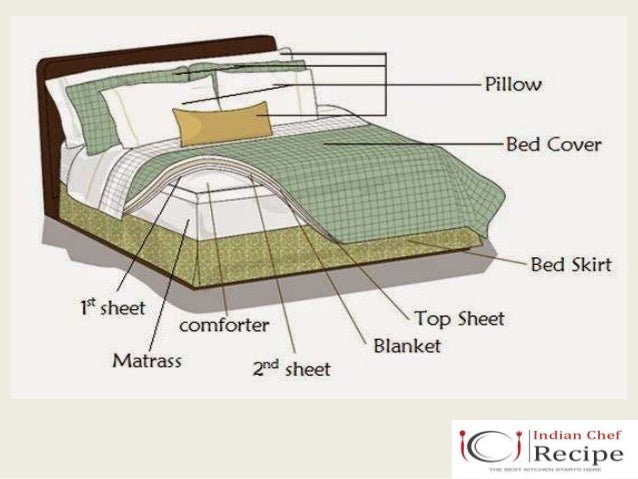
It’s also important to get 7 to 9 hours of sleep each night. This has been shown to be the optimal sleep duration for adults (1).
Lastly, give yourself 30–45 minutes to wind down in the evening before getting in bed. This allows your body and mind to relax and prepare for sleep (9).
Light can influence your body’s internal clock, which regulates sleep and wakefulness.
Irregular light exposure can lead to the disruption of circadian rhythms, making it harder to fall asleep and stay awake (10).
During the day, exposing your body to bright light tells it to stay alert. Both natural daylight and artificial light, such as the kind emitted from an e-reader, have this effect on your alertness (11, 12).
At night, darkness promotes feelings of sleepiness. In fact, research shows that darkness boosts the production of melatonin, an essential hormone for sleep. In fact, the body secretes very little melatonin during the day (13, 14).
Get out and expose your body to sunlight or artificial bright light throughout the day. If possible, use blackout curtains to make your room dark at night.
If possible, use blackout curtains to make your room dark at night.
Shop for blackout curtains online.
When people are stressed, they tend to have difficulty falling asleep (15).
Yoga, meditation, and mindfulness are tools to calm the mind and relax the body. Moreover, they’ve all been shown to improve sleep (15, 16, 17, 18, 19).
Yoga encourages the practice of breathing patterns and body movements that release stress and tension accumulated in your body.
Research shows that yoga can have a positive effect on sleep parameters such as sleep quality, sleep efficiency, and sleep duration (15, 16).
Meditation can enhance melatonin levels and assist the brain in achieving a specific state where sleep is easily achieved (17).
Lastly, mindfulness may help you maintain focus on the present, worry less while falling asleep, and even function better during the day (18, 19).
Practicing one or all of these techniques can help you get a good night’s rest and wake up reenergized.
It’s normal to wake up in the middle of the night. However, the inability to fall back asleep can ruin a good night’s rest (20).
People who wake up in the middle of the night often tend to watch the clock and obsess about the fact that they can’t fall back asleep.
Clock-watching is common among people with insomnia. This behavior may cause anxiety about sleeplessness (21).
To make matters worse, waking on a regular basis without falling back asleep may cause your body to develop a routine. As a result, you might find yourself waking up in the middle of the night every night.
If possible, it’s best to remove the clock from your room. If you need an alarm in the room, you can turn your clock and avoid watching it when you wake up in the middle of the night.
Due to poor sleep at night, people with insomnia tend to be sleepy during the day, which often leads to daytime napping.
While naps of short duration have been linked to improvements in alertness and well-being, there are mixed opinions about the effects of napping on nighttime sleep.
Some studies have shown that regular naps that are long (at least 2 hours), and late may lead to poor nighttime sleep quality and even sleep deprivation (22, 23).
In a study of 440 college students, the poorest nighttime sleep quality was observed in those who reported taking three or more naps per week, those who napped for more than 2 hours, and those who napped late (between 6 p.m. and 9 p.m) (22).
A 1996 study found that older adults who napped frequently had lower quality nighttime sleep, more depressive symptoms, and more limited physical activity. They were also more likely to be overweight than those who rarely took a nap (23).
A recent study of high-schoolers concluded that daytime napping led to shorter sleep duration and lower sleep efficiency (24).
Other studies have revealed that naps don’t affect nighttime sleep (25, 26).
To find out if naps are affecting your sleep, try either eliminating naps altogether or limiting yourself to a short nap (30 minutes or less) early in the day.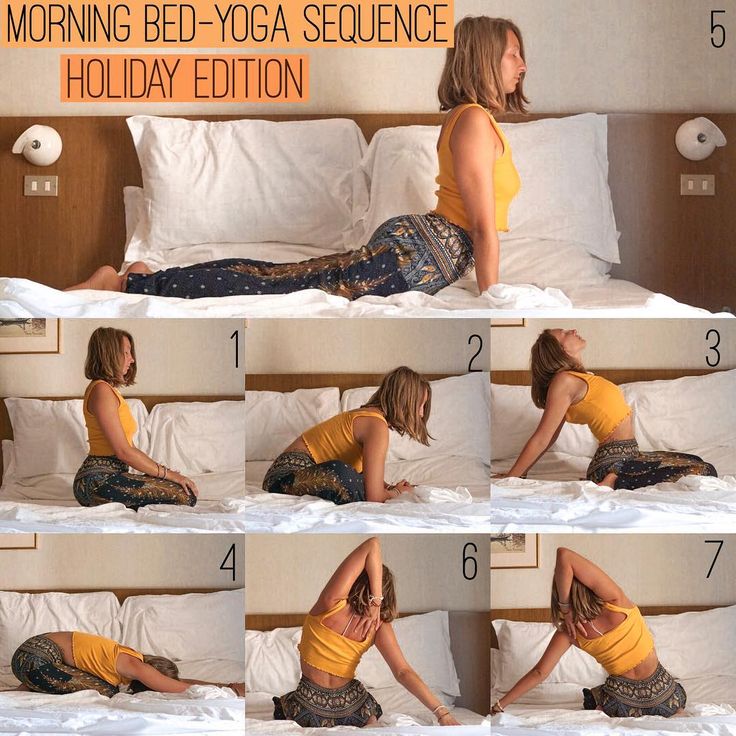
It seems that the food you eat before bed may affect your sleep. For example, research has shown that high-carb meals may be detrimental to a good night’s rest.
A review of studies concluded that even though a high-carb diet can get you to fall asleep faster, it won’t be restful sleep. Instead, high-fat meals could promote a deeper and more restful sleep (27, 28).
In fact, several older and newer studies agree that a high-carb/low-fat diet significantly decreased the quality of sleep compared to a low-carb/high-fat diet.
This held true in situations where the high-carb/low-fat diets and the low-carb/high-fat diets contained the same amount of calories (29, 30, 31).
If you still want to eat a high-carb meal for dinner, you should eat it at least 4 hours before bed so you have enough time to digest it (28).
Music can significantly improve quality of sleep. It can even be used to improve chronic sleep disorders, such as insomnia (32, 33).
A study of 24 young adults demonstrated that sedative music promoted deeper sleep (34).
Listening to Buddhist music may be another great tool for better sleep, as it can reduce the amount of time it takes you to fall asleep. This parameter is known as sleep onset.
Buddhist music is created from different Buddhist chants and is used for meditation (35).
Another 50-person study revealed that those who were exposed to soothing music for 45 minutes at bedtime had a more restful and deeper sleep compared to those who didn’t listen to music (36).
Lastly, if relaxing music isn’t available, blocking all noise could also help you fall asleep faster and promote uninterrupted sleep (37, 38).
Physical activity is often considered beneficial to healthy sleep.
Exercise can increase the duration and quality of sleep by boosting the production of serotonin in the brain and decreasing levels of cortisol, the stress hormone (39).
However, it’s important to maintain a moderate-intensity exercise routine and not overdo it. Excessive training has been linked to poor sleep (40).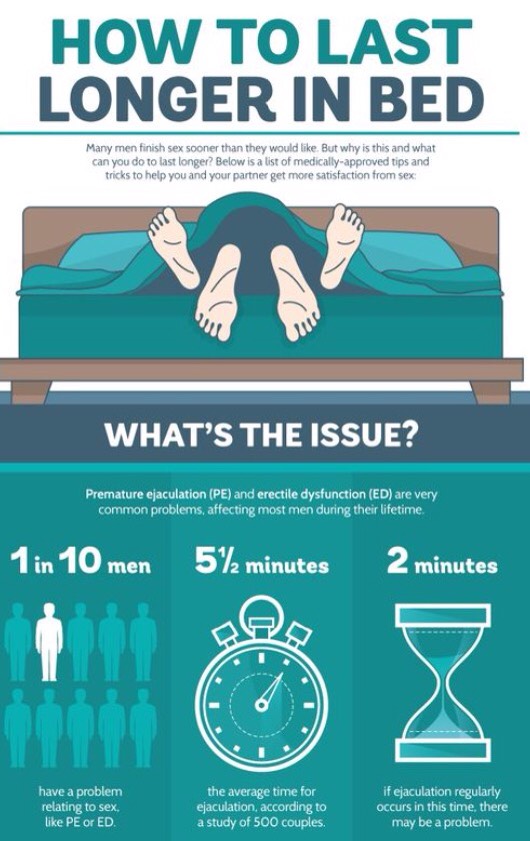
The time of the day when you exercise is also critical. To promote better quality sleep, working out early in the morning appears to be better than working out later in the day (41, 42).
Therefore, moderate to vigorous exercise in the morning could significantly improve the quality of your sleep and how much sleep you get.
Get moving with activities like:
A comfortable mattress and bedding can have a remarkable effect on the depth and quality of sleep.
A medium-firm mattress has been shown to positively affect sleep quality and prevent sleep disturbances and muscular discomfort (43, 44).
The quality of your pillow is also crucial.
It can affect your:
One small study determined that orthopedic pillows may be better for sleep quality than feather or memory foam pillows (45).
Additionally, the use of a weighted blanket could reduce body stress and help improve your sleep (46).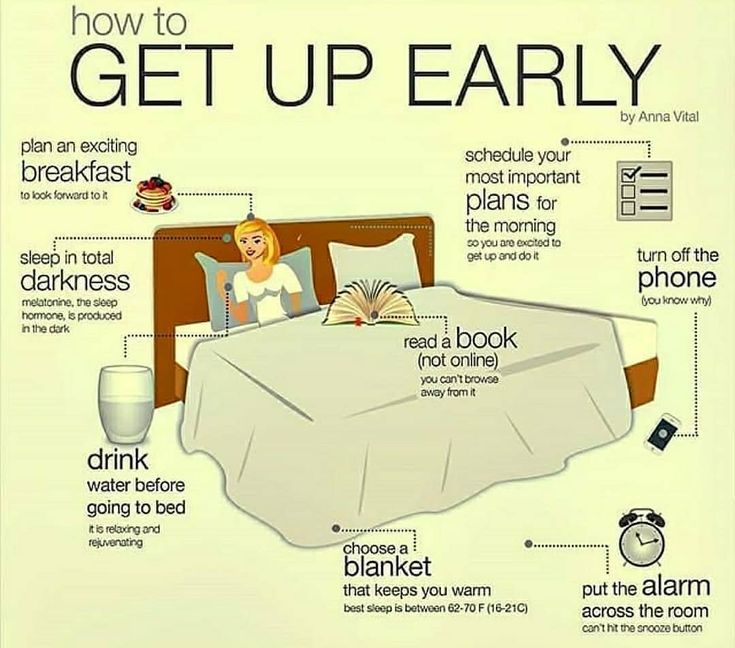
Lastly, the fabric of the clothes you wear to bed can affect how well you sleep. It’s crucial that you choose comfortable clothing made of fabric that helps you keep a pleasant temperature throughout the night (47).
Products to tryHaving more comfortable bedding may make it easier for you to fall — or stay — asleep. Shop for bedding online:
- weighted blankets
- medium-firm mattresses
- orthopedic pillows
Using electronic devices late at night is terrible for sleep.
Watching TV, playing video games, using a cell phone, and social networking can make it significantly harder for you to fall — and stay — asleep (48, 49, 50).
This is partly because electronic devices emit blue light, which has been found to suppress melatonin (51, 52).
Using these devices also keeps your mind in an active and engaged state.
It’s recommended that you disconnect all electronics and put away computers and cell phones so you can ensure a quiet place, free of distractions.
You’ll be able to fall asleep much faster if you practice good sleep hygiene.
If you need to use your devices late in the evening, at least consider blocking the blue light with eyeglasses or a screen filter.
Shop for blue light blocking glasses or a blue light screen filter online.
Aromatherapy involves the use of essential oils. It’s commonly practiced by those who have trouble falling asleep, as it may help with relaxation.
A systematic review of 12 studies revealed that the use of aromatherapy was effective in improving sleep quality (53).
Popular scents with positive effects on sleep include:
Oil blends made with ingredients like lemon and orange were also effective at improving sleep quality (54, 55, 56, 57, 58, 59).
Although there are a variety of ways to use essential oils, many sleep studies are centered on inhalation aromatherapy.
An essential oil diffuser could be helpful in infusing your room with relaxing scents that encourage sleep.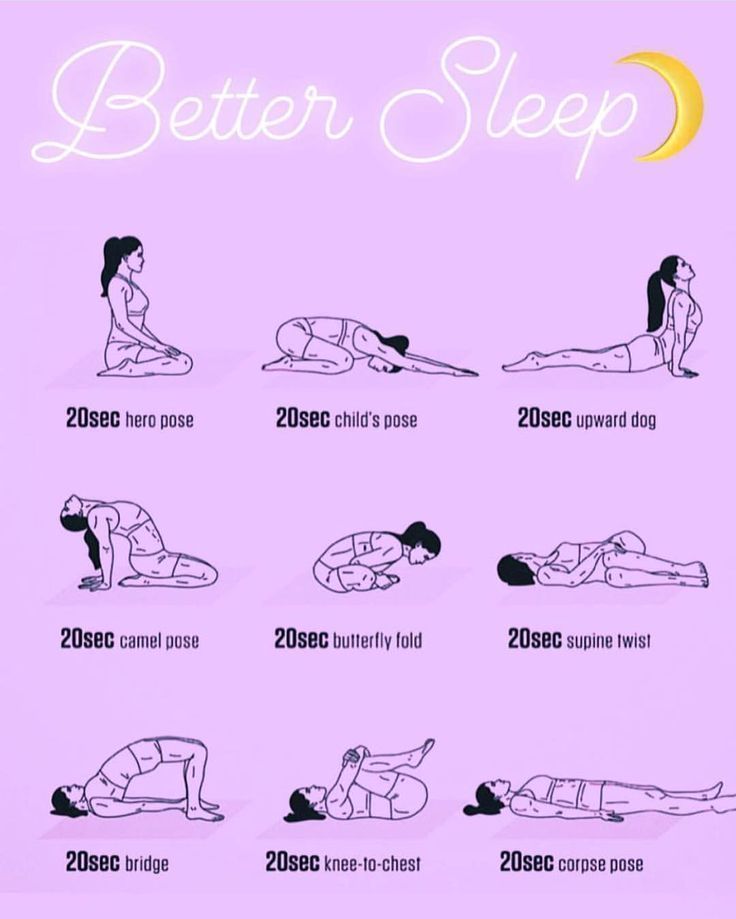
Shop for essential oils online.
Some people have difficulty falling asleep because their thoughts keep running in circles. Research has shown that this can produce anxiety and stress, which can generate negative emotions and disturb sleep (60).
Journaling and focusing on positive thoughts can calm the mind and help you sleep better.
Writing down the positive events that happened during the day — or may happen in the future — can create a state of gratitude and happiness, downgrade stressful events, and promote more relaxation at bedtime.
In fact, a study of 41 college students found that journaling resulted in reduced bedtime worry and stress, increased sleep time, and improved sleep quality (60).
Practice this technique by setting aside 15 minutes every night to write about your day. It’s important to focus not only on the positive events of the day but also on how you feel at the time.
A different study found that writing a to-do list, if only for 5 minutes, was even more effective than journaling at helping young adults fall asleep faster (61).
Caffeine is widely used among people to fight fatigue and stimulate alertness. It can be found in foods and beverages like:
This stimulant can have disastrous effects on your sleep quality and sleep duration (62, 63).
Although the effects of caffeine vary from person to person, it’s recommended that you refrain from consuming it at least 6 hours before bedtime (63).
Instead, you could drink a soothing tea like chamomile tea. It’s been shown to promote sleep and relaxation. Other bedtime teas that help sleep include passionflower and magnolia (64, 65, 66).
Good quality sleep may depend on your body position during the night.
There are three main sleeping positions:
Traditionally, it was believed that back sleepers had a better quality of sleep.
However, research has shown that this might not be the best position to sleep in, as it could lead to blocked airways, sleep apnea, and snoring (67).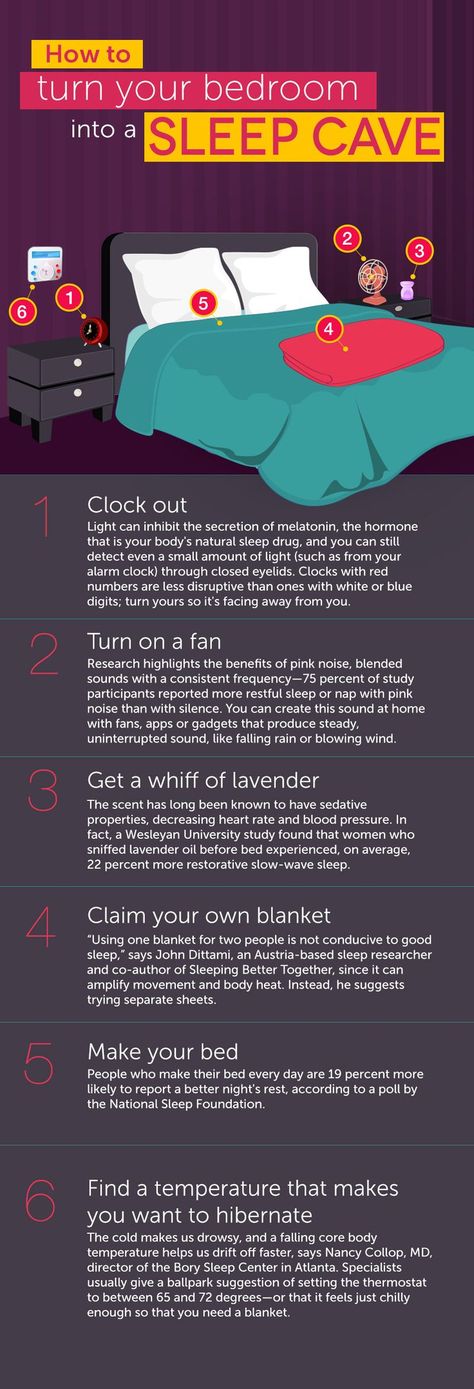
Although individual preferences play an important role in choosing sleep position, the side position seems to be linked to high-quality sleep (68).
Reading could be a good activity to help you wind down before bed. At least for kids, it seems that bedtime reading may promote longer sleep (69).
However, it’s important to understand the differences between reading from an e-book and a traditional paper book.
Electronic books emit blue light, which reduces melatonin secretion. Lowered melatonin levels make it harder for you to fall asleep and cause you to feel tired the next day (70, 71).
Therefore, it’s recommended that you read from a physical book in order to relax and improve your sleep.
It’s believed that if you go to bed and try to force yourself to fall asleep, your chances of succeeding drop dramatically.
Instead, you can try paradoxical intention. This technique involves trying to stay awake instead of forcing yourself to sleep.
It’s based on the idea that the stress and anxiety produced by forcing yourself to fall asleep can prevent you from relaxing and snoozing.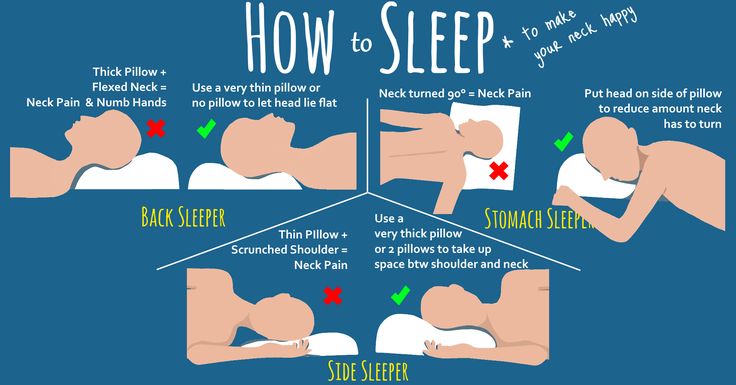
Research is ultimately mixed, but some studies have showed that people who adopt this technique tend to fall asleep faster (72).
Instead of lying in bed worrying and thinking about stressful things, visualize a place that makes you feel happy and calm.
In one insomnia study, participants were able to fall asleep faster after they were instructed to use an imagery distraction (73).
This technique helped them occupy their mind with good thoughts instead of engaging with worries and concerns during the pre-sleep time.
Picturing and concentrating on an environment that makes you feel peaceful and relaxed can take your mind away from the thoughts that keep you up at night (60).
Certain supplements can help you fall asleep faster.
They’ve been shown to encourage sleep either by boosting the production of sleep-promoting hormones or by calming brain activity.
Supplements that can help you fall asleep include:
 Doses of up to 500 milligrams (mg) per day have been shown to improve sleep. It should be taken with food (74, 75).
Doses of up to 500 milligrams (mg) per day have been shown to improve sleep. It should be taken with food (74, 75). GABA is a compound produced in the brain. It inhibits certain transmitters and may help the central nervous system relax. Doses of 250–500 mg and no more than 1,000 mg are recommended (83).
GABA is a compound produced in the brain. It inhibits certain transmitters and may help the central nervous system relax. Doses of 250–500 mg and no more than 1,000 mg are recommended (83).Products to tryThe supplements above can help you sleep better and feel calmer. Shop for them online:
- magnesium
- 5-HTP
- melatonin
- L-theanine
- GABA
Having trouble falling and staying asleep is not only frustrating, but it can also affect your mental and physical health.
Using the techniques above can help you fall asleep quickly, while sleeping much better and having more energy the next day.
We include products we think are useful for our readers. If you buy through links on this page, we may earn a small commission. Here’s our process.
Healthline only shows you brands and products that we stand behind.
Our team thoroughly researches and evaluates the recommendations we make on our site.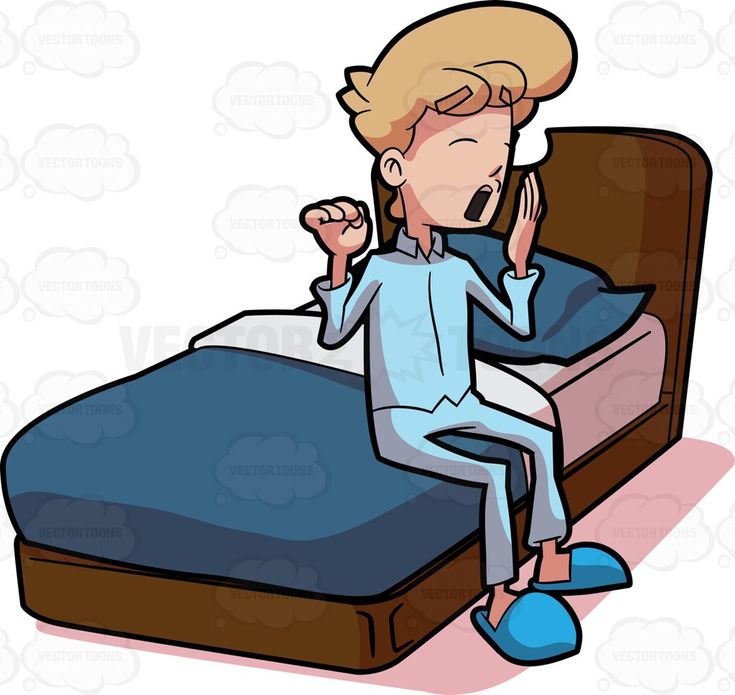 To establish that the product manufacturers addressed safety and efficacy standards, we:
To establish that the product manufacturers addressed safety and efficacy standards, we:
We do the research so you can find trusted products for your health and wellness.
Read more about our vetting process.Choline is a water-soluble nutrient that your body needs to maintain typical functioning. While your liver can make small amounts of choline, you must get most of your choline from your diet (1).
Although many foods — including eggs, salmon, cauliflower, broccoli, and beef — contain choline, some people may not be able to fulfill their choline needs through diet alone (2).
This article lists the 5 best choline supplements, according to dietitians.
Choline is a water-soluble essential nutrient. It’s not considered a vitamin or a mineral but is often grouped with the B vitamins because it has some similarities to them.
This nutrient is involved in several essential bodily processes that affect the health and development of your heart, liver, brain, and nervous system. It also plays an essential role in muscle contractions (1, 2, 3, 4).
There’s currently not enough evidence to establish a Recommended Dietary Allowance for choline.
Instead, the Food and Nutrition Board of the Institute of Medicine has established Adequate Intake (AI) levels, which indicate the amount of choline that is assumed to be adequate for individual health (2).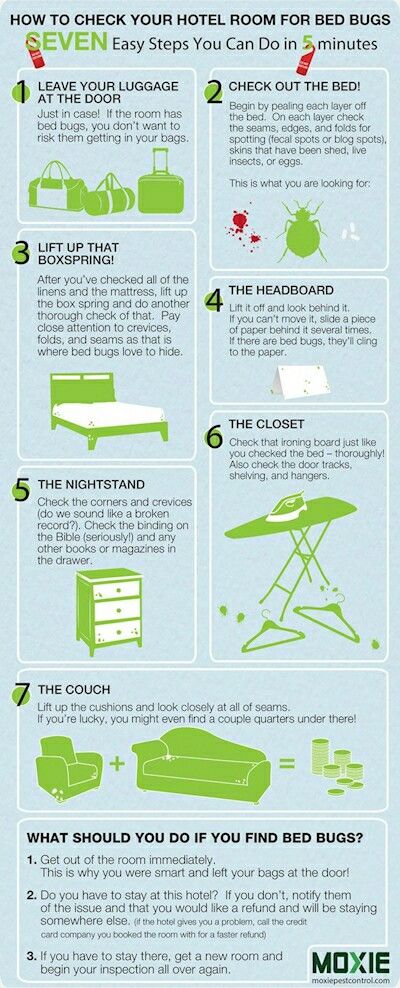
Current AIs for choline in teens and adults are as follows:
| Age | Male | Female | Pregnancy | Lactation |
|---|---|---|---|---|
| 14–18 years | 550 mg/day | 400 mg/day | 450 mg/day | 550 mg/day |
| 19+ years | 550 mg/day | 425 mg /day | 450 mg/day | 550 mg/day |
Additionally, the Food and Drug Administration (FDA) has created a Daily Value (DV) for choline to be used on food and supplement packaging.
The current DV for choline is 550 milligrams (mg) for all people over age 4 (2).
However, keep in mind that the optimal amount of choline for you may vary depending on your current health needs. You can talk with a healthcare professional about how much choline you should be getting through diet or supplements.
Most healthy adults can meet their choline needs through diet alone. However, some people may have greater choline needs or be more likely to have a deficiency in this nutrient.
However, some people may have greater choline needs or be more likely to have a deficiency in this nutrient.
While more research is needed, people who may benefit from a choline supplement include (3, 5, 6, 7):
It’s important to discuss supplements with a trusted healthcare professional before trying them. In addition to helping you decide whether a choline supplement may be right for you, they can recommend an appropriate dose.
We selected the best choline supplements using the following criteria:
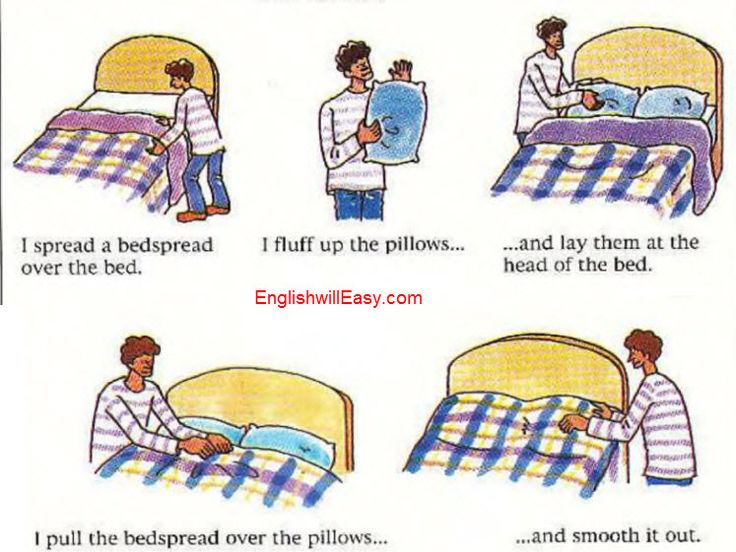
Every brand and product on our list has been reviewed by registered dietitians and vetted to ensure that it aligns with Healthline’s brand integrity standards and approach to well-being. Each product in this article:
General price ranges with dollar signs ($–$$$) are indicated below. One dollar sign means the product is rather affordable, whereas three dollar signs indicate a higher price range.
Generally, prices range from $0.10 to $0.66 per serving, or $12. 99 to $39.49 per container, though this may vary depending on where you shop.
99 to $39.49 per container, though this may vary depending on where you shop.
Pricing guide
Jarrow Formulas tops our list of the best choline supplements thanks to its use of citicoline — a form of choline that research suggests is more readily absorbed and more effective for memory, thinking ability, and overall brain health (8).
Specifically, Jarrow Formulas Citicoline (CDP Choline) contains Cognizin, a clinically tested form of citicoline that has been shown to improve attention and memory function in healthy adults (9, 10).
Jarrow Formulas supplements are third-party tested and manufactured in NSF-certified facilities to ensure purity, safety, and quality.
For best results, take 1 capsule once or twice per day with a meal or follow a healthcare professional’s recommendation.
Nested Naturals is a supplement company focused on creating plant-based wellness supplements backed by third-party testing.
Its Choline Bitrate supplement contains 91% of the DV for choline, making it a good option if your prenatal vitamin is lacking or is low in choline (3).
Choline is an essential nutrient for fetal brain development, and research suggests that increased choline intake during pregnancy may positively affect a child’s memory, thinking ability, behavior, and even chronic disease risk later in life (11).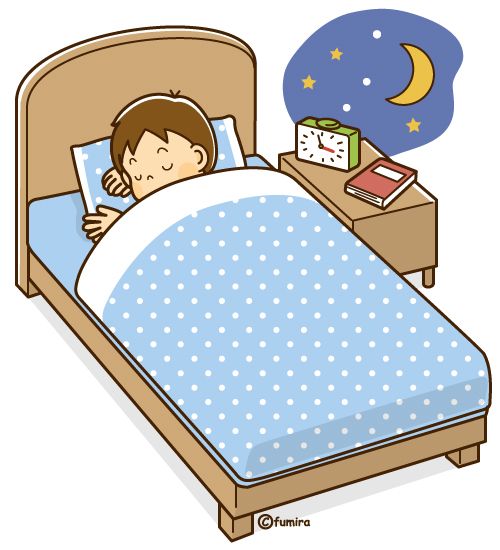
Nested Naturals Choline Bitartrate is vegan-friendly, third-party tested, and manufactured in an NSF-certified CGMP facility.
For best results, take 2 capsules per day with water or follow a healthcare professional’s recommendation.
Costing less than $0.15 per serving, NOW Supplements Choline & Inositol is a good option for tight budgets.
The supplement provides 250 mg of choline bitartrate (45% of the DV for choline), along with 250 mg of inositol, a type of sugar that your body naturally produces.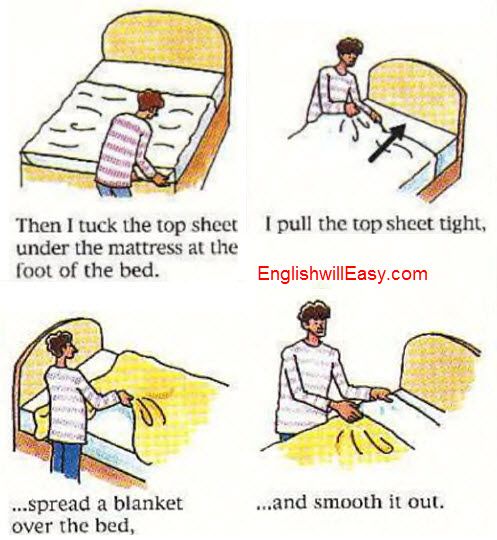
Inositol affects many important functions, including insulin regulation and hormonal signaling. Studies suggest that inositol supplements may be effective for managing symptoms of polycystic ovary syndrome, though more research is needed (12, 13, 14).
NOW supplements are produced in UL Solutions-certified facilities. According to the company, all NOW supplements are third-party tested for purity and potency.
It’s worth noting that some customers have experienced allergic reactions and unwanted side effects, such as stomach pain and skin rashes, after taking these pills. If you experience any negative side effects, discontinue the use of this supplement and seek medical care.
Unless a trusted healthcare professional recommends otherwise, take 1 capsule daily with a meal.
Phosphatidylcholine is a form of choline that is naturally found in foods such as eggs, soybeans, nuts, fish, and meat.
While more human research is necessary, current studies suggest that phosphatidylcholine intake may play a role in preserving or improving the ability to think and reducing the risk of dementia (15, 16).
Additionally, limited research has found phosphatidylcholine supplements to be effective for improving measures of liver function in adults with nonalcoholic fatty liver disease (NAFLD) (17, 18).
Thorne Phosphatidyl Choline is a good option for people looking for a choline supplement containing phosphatidylcholine.
Each batch of Thorne Phosphatidyl Choline is tested in the company’s in-house laboratory before production and after manufacturing. All Thorne products are made in a facility that is CGMP-compliant and certified by NSF and the Therapeutic Goods Administration (TGA).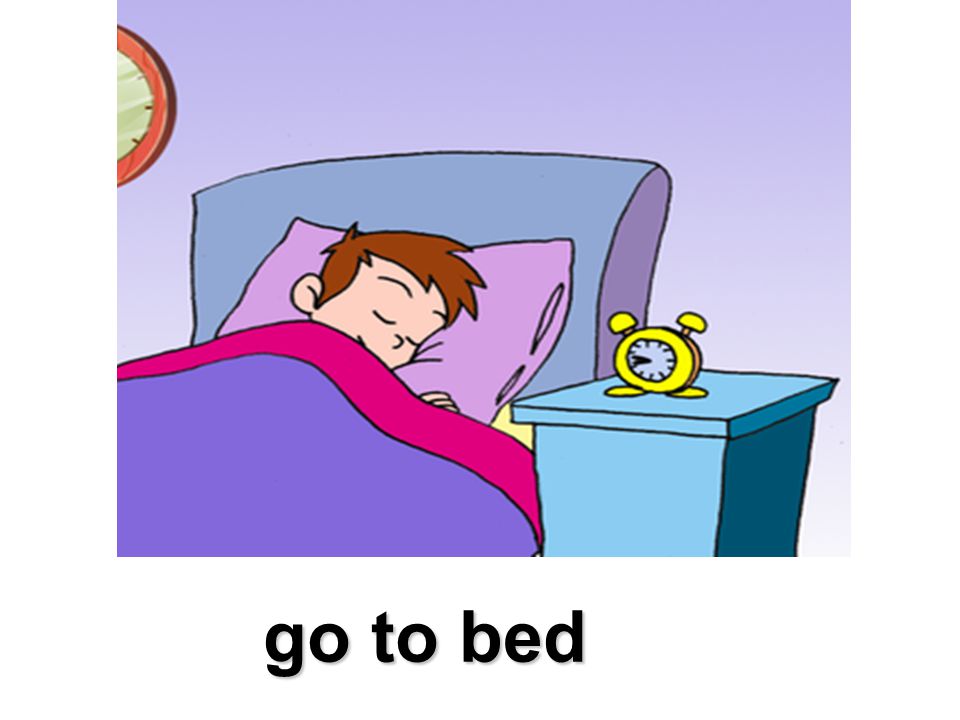
According to the label, you’ll need to take 1 Thorne Phosphatidyl Choline gelcap two or three times per day, or you can follow the recommendations of a healthcare professional.
Double Wood Supplements Phosphatidylcholine is a third-party tested supplement containing a form of choline that may be beneficial for supporting liver function.
In addition to being third-party tested by Nutra Solutions and VITA-gen Laboratories, Double Wood Supplements products are manufactured in U. S.-based CGMP-compliant facilities.
S.-based CGMP-compliant facilities.
The company provides certificates of analysis (COAs) for its supplements upon request.
For best results, take 1–2 softgels daily with food or follow the recommendations of a healthcare professional.
Here’s a quick look at how our top picks compare:
| Price range | Serving size | Dose per serving | Third-party tested | Vegan-friendly | |
|---|---|---|---|---|---|
| Jarrow Formulas Citicoline (CDP Choline) | $$$ | 1 capsule | 250 mg | yes | no |
| Nested Naturals Choline Bitartrate | $$ | 2 capsules | 500 mg | yes | yes |
| NOW Supplements Choline & Inositol | $ | 1 capsule | 250 mg | yes | yes |
| Thorne Phosphatidyl Choline | $$ | 1 gelcap | 420 mg | yes | no |
| Double Wood Supplements Phosphatidylcholine | $ | 1 softgel | 420 mg | yes | no |
When shopping for a choline supplement, it’s important to consider several factors:
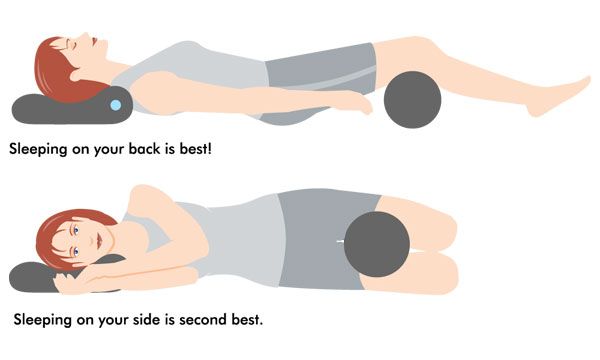 For example, CDP-choline may be more effective for supporting ability to think (8).
For example, CDP-choline may be more effective for supporting ability to think (8). As with most supplements, it is important not to consume more than the Tolerable Upper Intake Level (UL) of choline.
Additionally, to reduce the risk of side effects, you should not consume more than the AI of choline unless a healthcare professional advises it.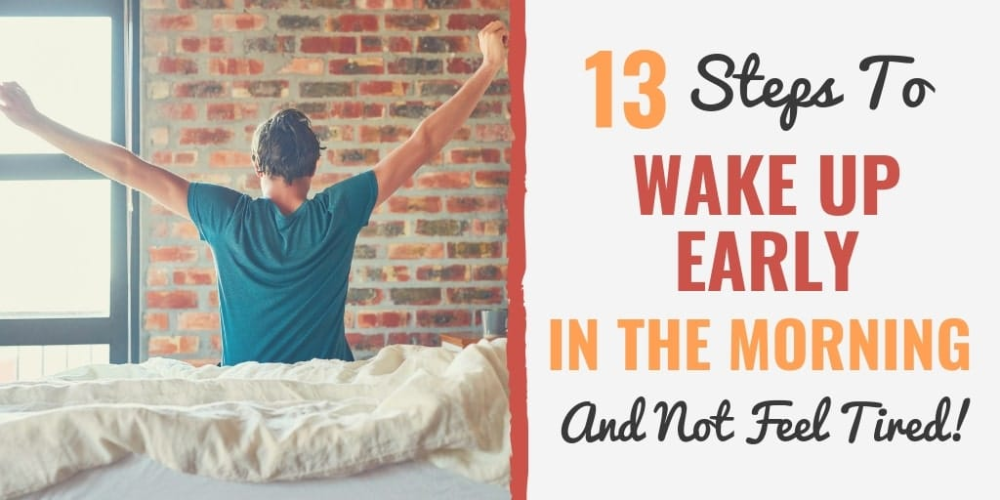
The current ULs for choline are as follows (2):
| Age | Male | Female | Pregnancy | Lactation |
|---|---|---|---|---|
| 1–8 years | 1,000 mg | 1,000 mg | ||
| 9–13 years | 2,000 mg | 2,000 mg | ||
| 14–18 years | 3,000 mg | 3,000 mg | 3,000 mg | 3,000 mg |
| 19+ years | 3,500 mg | 3,500 mg | 3,500 mg | 3,500 mg |
People who exceed the UL for choline may experience the following symptoms (2):
Before taking a choline supplement, talk with a healthcare professional to determine the right dose and product for your needs.
Research on the differences among the forms of choline found in supplements is lacking.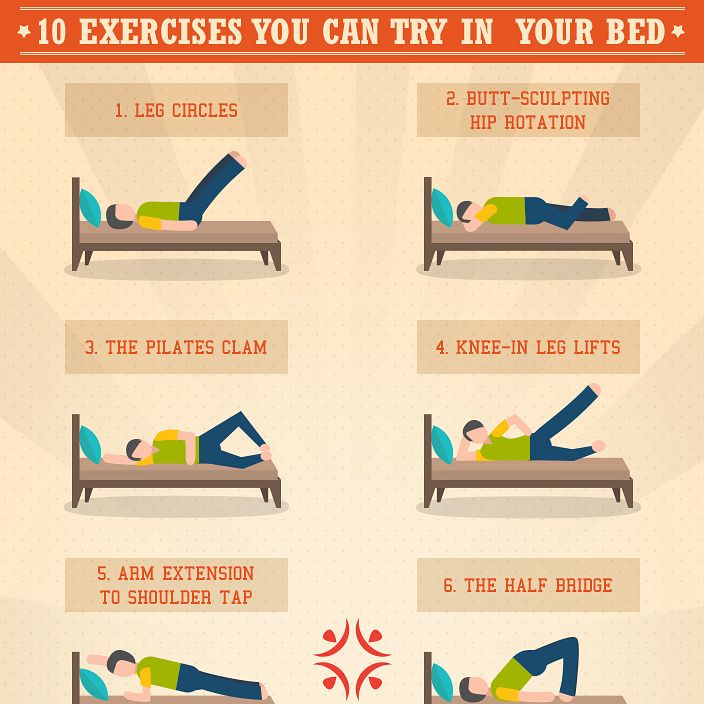 However, some studies suggest that certain forms may be easier to absorb or better for certain purposes.
However, some studies suggest that certain forms may be easier to absorb or better for certain purposes.
For example, citicoline (CDP-choline) may be more effective for brain health because of its ability to cross the blood-brain barrier, whereas phosphatidylcholine has been shown to be beneficial for supporting liver health in people with NAFLD (8, 18, 19).
People who may benefit from taking choline supplements include those who are pregnant or nursing and those who have a genetic variation that makes it harder to meet choline needs through diet alone.
People who have dietary restrictions or difficulties with nutrient absorption may benefit from taking a multivitamin that contains choline.
Always consult a healthcare professional before taking any new supplements. They can determine the appropriate product and dosage for you.
Choline supplements are safe to take daily, though they aren’t necessary for everyone.
If a healthcare professional has recommended that you take a choline supplement, make sure to consume only the recommended dose.
Yes. To avoid potentially dangerous side effects, adults should not consume more than 3,500 mg of choline from supplements per day (2).
Potential side effects of excess choline intake include liver toxicity, vomiting, low blood pressure, fishy body odor, and excess sweating and saliva production.
Choline is an essential nutrient that affects liver, brain, and heart health. It also plays an essential role in fetal brain development (1).
Because several foods contain choline, many people can meet their choline needs through diet alone.
If you’re pregnant, nursing, or generally worried that you’re not getting enough choline in your diet, it’s important to talk with a healthcare professional about whether a choline supplement is right for you.
March 7 Life
Proven methods to quickly relax and turn off thoughts before sleep.
Strictly speaking, this method takes more time, but it is the last 10 seconds of exercise that should put you to sleep. Initially, it was developed for the military, who need to fall asleep in conditions that are not the most suitable for this. They say that it took them six weeks to train, but then they could sleep as they liked: sitting, with the sounds of shelling, and even after drinking coffee.
Here's what you should do after you're comfortable in bed:
You should fall asleep in the next 10 seconds after doing these steps.
The breathing technique called "4-7-8" will help with this. At first, you may need more than 60 seconds, but gradually you will train to fall asleep during this period.
At first, you may need more than 60 seconds, but gradually you will train to fall asleep during this period.
First, place the tip of the tongue so that it rests on the palate behind the two front teeth. He must be in this position at all times.
Do four breaths in this way. If you feel ready to fall asleep after the second or third, don't force yourself to continue.
If you have any respiratory condition, it is best to consult your doctor before trying this technique. Or choose other options.
In this exercise, you must first tighten and then relax the muscles.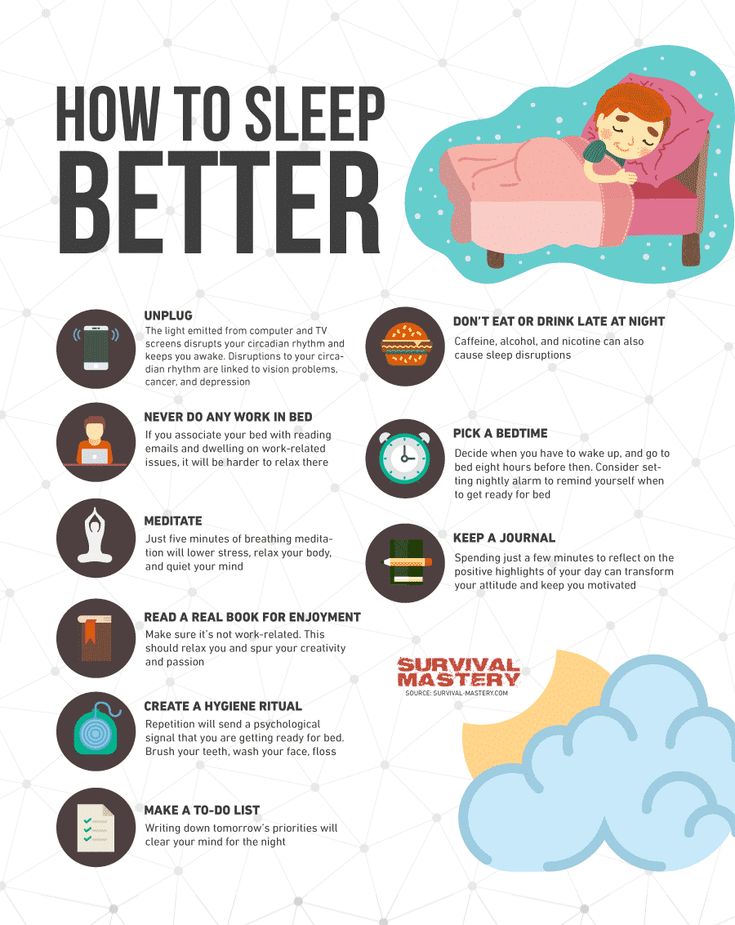 This will help you feel the tension leaving your body. After you have relaxed one muscle group, concentrate on the pleasant sensations for a few seconds, and only then move on to the next part of the body.
This will help you feel the tension leaving your body. After you have relaxed one muscle group, concentrate on the pleasant sensations for a few seconds, and only then move on to the next part of the body.
In the process, you will feel sleepy. If you did not have time to work out all the muscles and fell asleep, it's okay. In the event that after this exercise you still can not sleep, do one of the following.
Paradoxically, this helps you fall asleep faster.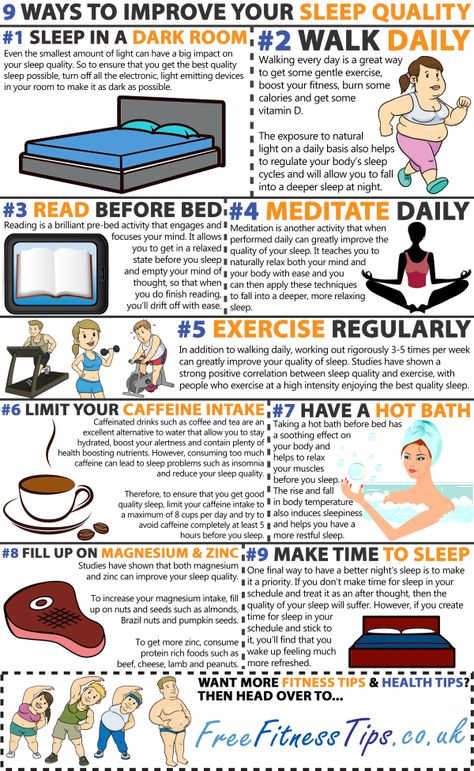 This method is recommended for people suffering from insomnia, and, according to research, it really works. Try it if you usually get nervous about not being able to sleep.
This method is recommended for people suffering from insomnia, and, according to research, it really works. Try it if you usually get nervous about not being able to sleep.
If your brain is too active due to the need to count in the previous exercises, try turning on your imagination instead of counting. According to scientists, people who use images to relax fall asleep faster than those who simply try to distract themselves from thinking.
Try to visualize in detail the peaceful place and the emotions you have when you are in it. For example, imagine a waterfall in a forest. Imagine the sound of running water, the singing of birds, the smell of wet grass. The place can be real or fictional. The main thing is that this image occupies all your thoughts, not letting thoughts about business or worries about tomorrow seep into your head.
The methods described above will help you fall asleep faster, but there are additional ways to make falling asleep easier.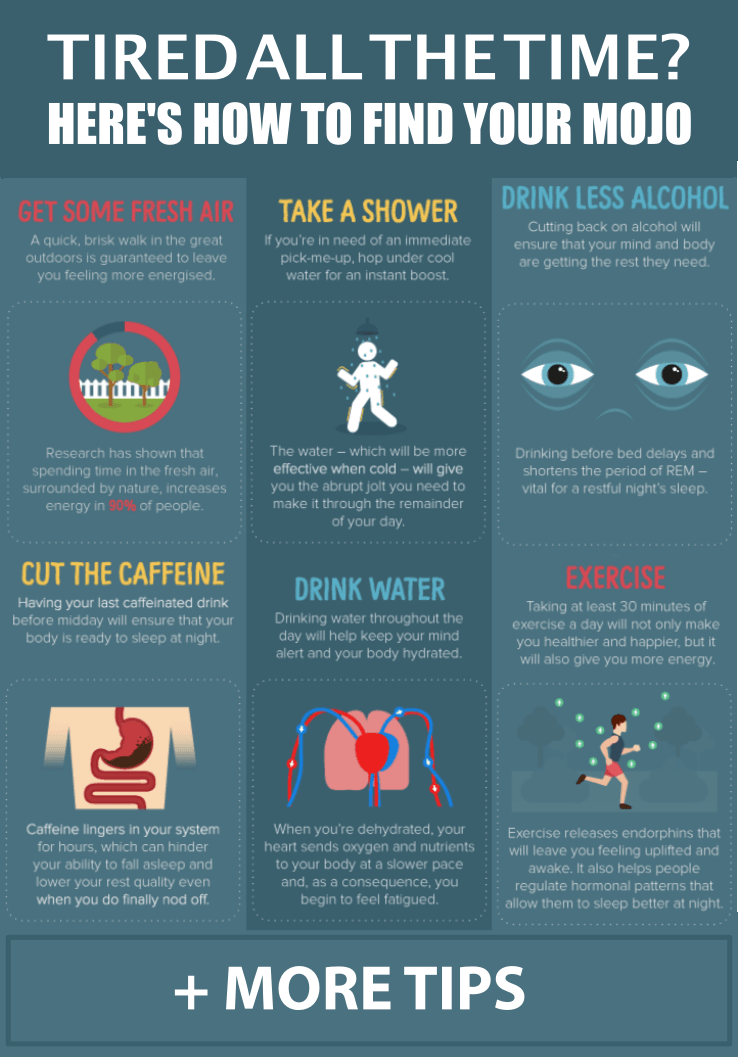 They are worth including in your evening ritual, no matter what exercise you choose.
They are worth including in your evening ritual, no matter what exercise you choose.
What helps you sleep?
Read also 🥱🛌💤
Do you spend more time trying to fall asleep than sleeping? You are not alone. Effort only causes an anxiety state that does not allow the brain to relax. And if the brain is not going to sleep, then it is difficult for the body to resist it. But there are science-proven tricks that will help you safely “turn off” the body in a matter of seconds. Let's talk about some of them.
But there are science-proven tricks that will help you safely “turn off” the body in a matter of seconds. Let's talk about some of them.
Military method, or How to fall asleep in 10 seconds
Note: the move described below takes 120 seconds, but the last 10 seconds have been observed to be decisive.
Lloyd Winter's book Relax and Win: Championship Performance talks about a US Navy pre-flight school program that helps pilots fall asleep in two minutes or less. It took six weeks of practice to master the skill, but then it worked even after a cup of coffee or gunshots heard nearby. They say that the method helps even those who have to sleep sitting up.
Manual
1. Relax your entire face, including your mouth muscles.
2. Lower your shoulders to relieve tension. Leave your arms hanging down at your sides.
3. Exhale and relax your chest.
4. Relax your legs, thighs and calves.
Relax your legs, thighs and calves.
5. Imagine something soothing and don't think about anything else for the next 10 seconds.
6. If the previous point does not work, say the words "do not think" over and over again for 10 seconds.
7. Here you should already be sleeping.
Didn't work the first time? Then you have to practice for some time to breathe properly and relax your muscles. In addition, the effectiveness of the method can be affected by attention deficit hyperactivity disorder and increased anxiety. Don't despair, we have a few more tips.
Breathing and Muscle Relaxation, or How to Fall Asleep in 60 Seconds
The next two techniques focus on the breath and muscles, allowing you to take your mind off the thoughts and get back to sleep. For beginners, they may take a little longer, with practice the efficiency increases.
Breathing method 4-7-8
Note: if you have a respiratory condition such as asthma or COPD, check with your doctor to avoid making your symptoms worse.
Manual
1. Prepare: Raise the tip of your tongue to a spot on the roof of your mouth behind your two front teeth. Keep it there throughout the exercises.
2. Part your lips slightly and exhale through your mouth, making a whistling sound.
3. Close your lips and inhale quietly through your nose while counting to four.
4. Hold your breath for seven seconds.
5. Exhale with a whoosh, counting to eight.
6. Repeat four times. Do not get hung up on the accuracy of execution, try to do it thoughtlessly. Let the body fall asleep if you feel that relaxation has come earlier than expected.
great gift
new
great present
Progressive muscle relaxation (PMR)
The point is to tense and then relax the muscles. Exercise helps to achieve calmness in the whole body. Before starting, use the 4-7-8 method, imagining how tension leaves the body when you exhale.
Manual
1. Raise your eyebrows as high as possible for 5 seconds.
2. Then lower and feel the tension go away. Wait 10 seconds.
3. Smile broadly to feel the tension in your cheeks. Hold this facial expression for 5 seconds and relax.
4. Pause 10 seconds.
5. Squint with closed eyes. Hold for 5 seconds and relax.
6. Pause 10 seconds.
7. Slightly tilt your head back so that you can comfortably look at the ceiling. Hold for 5 seconds, and then relax and lower your neck onto the pillow.
8. Pause 10 seconds.
9. Continue to tense and relax the muscles in the same pattern, moving down - from the triceps to the chest, from the hips to the feet.
10. Allow yourself to fall asleep, even if you don't make it to the end.
While doing the exercise, focus on how relaxed and heavy your body feels when you feel good and comfortable.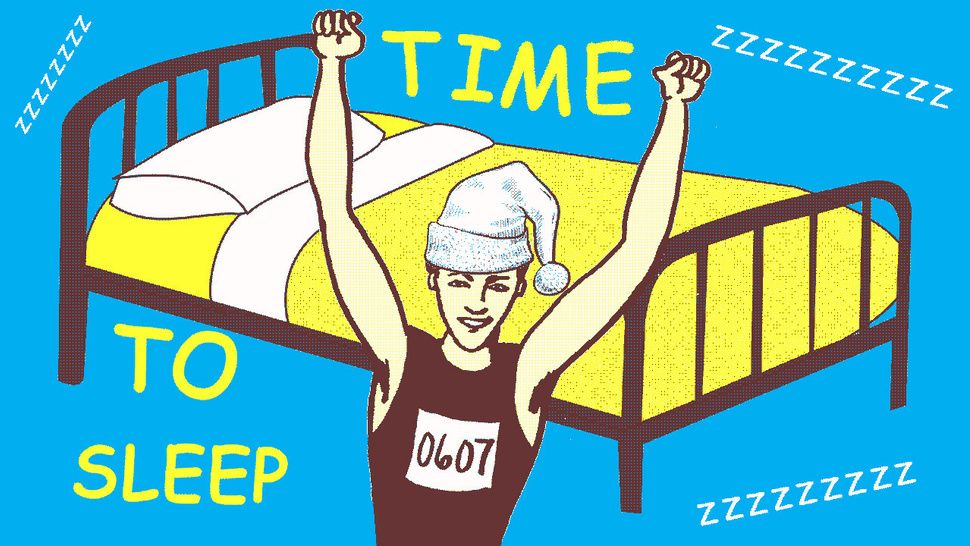
Heavy artillery, or how to fall asleep in 120 seconds
If the previous methods didn't work, try these.
Forbid yourself to fall asleep
Surprisingly, such a paradoxical intention can be a good way. For those who suffer from insomnia, trying to sleep increases their anxiety levels. As soon as you stop forcing yourself, you relax and fall asleep.
Imagine a peaceful place
If counting is too active in your brain, try using your imagination. In a 2002 study, Oxford University researchers found that people who did this fell asleep faster than those who simply tried to relax and received no guidance.
Manual
Instead of counting sheep, try imagining a peaceful environment and the sensations associated with it, such as a waterfall, rushing water, an echo, the smell of damp moss. It is important that this image is imprinted in your brain and replaces the kaleidoscope of thoughts and worries.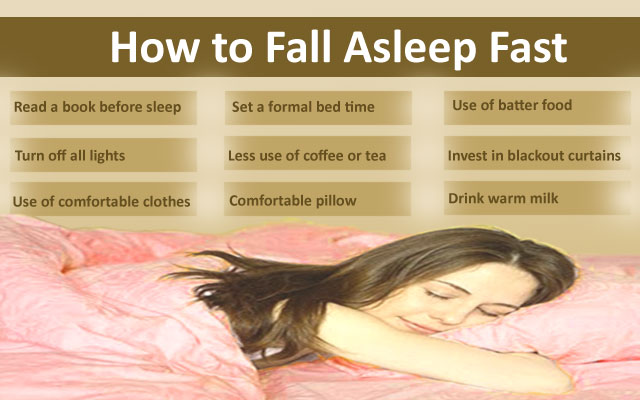
Acupressure
While there is not enough research to say that acupressure works 100%. However, it is a very promising technique.
One method is to apply pressure to areas where there is particular tension (upper bridge of the nose, temples). There is also a set of exercises for insomnia. Some of them can be done in the supine position.
Spirit Gate
1. Find a small hole on the inside of the wrist from the side of the little finger.
2. Gently press it in a circular motion for 2-3 minutes.
3. Press lightly on the left side of this point (facing the palm) for a few seconds, and then hold the right side (turning the palm away from you).
4. Repeat the manipulations with the other hand.
"Inner Border Gate"
1. Turn your palm over to your face and place three fingers down from the crease of your wrist.
2. With your thumb, apply even pressure to this point midway between the two tendons.
3. Massage in circular motions until you feel muscle relaxation.
Pool Wind
1. Put your palms together and open them to form a kind of bowl.
2. Then put your hands in this position to the base of the skull from behind so that the thumbs touch the junction of the neck and head.
3. Apply deep and steady pressure to the area, massaging it in a circular or upward motion.
4. Breathe deeply and notice how your body relaxes as you exhale.
Maximum training
If you have tried these methods and still cannot fall asleep within two minutes, check the following points:
- hide the clock
- Take a warm shower before bed
- open a window to ventilate the room,
- put on socks
- practice soft yoga for 15 minutes,
- put the phone away from the bed,
– arrange an aromatherapy session with lavender, chamomile or sage oils,
Eat dinner early to avoid stomach stimulation before bed.